The Cleaning Mixes That Can Land You in the ER (And How to Actually Get Things Clean)
I’ve been in the professional cleaning game for a long, long time. I’ve seen it all, from sparkling new commercial kitchens to the delicate task of restoring old, historic homes. And you know what the very first lesson I teach every new person is? It has nothing to do with mops or fancy vacuums.
In this article
It’s all about chemical safety.
Honestly, I’ve seen the aftermath of a simple mistake one too many times. That sudden burning in your lungs, the dizziness that comes out of nowhere… those are preventable accidents. A lot of people see some ‘hack’ online where someone mixes a blue liquid with a yellow one to create a ‘miracle’ cleaner. This is not just wrong; it’s a recipe for disaster.
Cleaning is chemistry, plain and simple. When you mix products, you’re kicking off a chemical reaction right there in your bucket. Without knowing what you’re doing, you’re basically running an uncontrolled experiment in your bathroom. This isn’t to scare you. It’s to empower you with the know-how the pros use every day, so you can clean effectively and, more importantly, safely.

A Super-Quick Guide to Cleaning Chemistry
You don’t need a lab coat for this, I promise. You just need to get one core concept: the pH scale. Most cleaners are either an acid or a base (also called alkaline).
So, how does this work in the real world? Let’s talk about common problems.
- Got greasy, oily messes? Think baked-on gunk on your stove or grimy range hood filters. For that, you need a base (or alkaline) cleaner. These are fantastic at cutting through fats and oils. Think oven cleaners, many all-purpose degreasers, and even good old baking soda.
- Dealing with mineral buildup? I’m talking about those crusty white deposits around your faucets, hard water stains on glass shower doors, or a rust stain in the sink. That’s a job for an acidic cleaner. Things like white vinegar or specialty toilet bowl cleaners (which are often acidic) are your go-to here.
- Just doing general cleaning? A pH-neutral cleaner is your best friend. Most simple dish soaps are close to neutral. They’re generally safe on almost any surface and are perfect for everyday wipe-downs.
The golden rule is to use one product for one job. If you absolutely have to use a different type of cleaner on the same surface, you have to completely remove the first one. For us, ‘thoroughly rinsed’ means wiping the surface down with a clean, water-dampened cloth at least twice. You want to be sure every trace of the first chemical is gone before you even think about applying a second one.
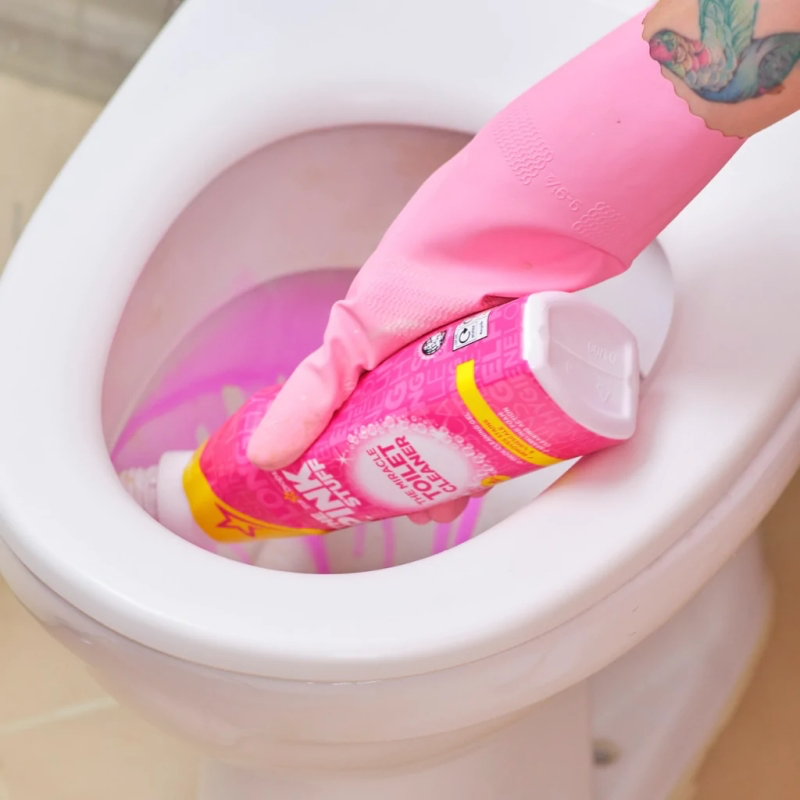
The Combinations You Must NEVER, EVER Mix
Okay, let’s get specific. These are the pairings that cause the most accidents. I’ve seen the fallout from these mistakes, and they are no joke.
1. Bleach + Ammonia
This is the big one. Mixing these two creates something called chloramine gas, and it’s a serious respiratory irritant that attacks your eyes and lungs. The smell is sharp and suffocating—it’s not like bleach or ammonia, it’s something much worse.
Where you’ll find it: This is easier to do than you think. You might have basic Clorox bleach, but ammonia is a sneaky ingredient in many glass cleaners (like some versions of Windex) and all-purpose floor cleaners.
Quick tip: Go look at your bottle of glass cleaner or floor soap right now. If you see ammonia on the ingredients list, maybe put a big piece of red tape on it as a physical reminder: this bottle and the bleach bottle are mortal enemies. They should never meet.
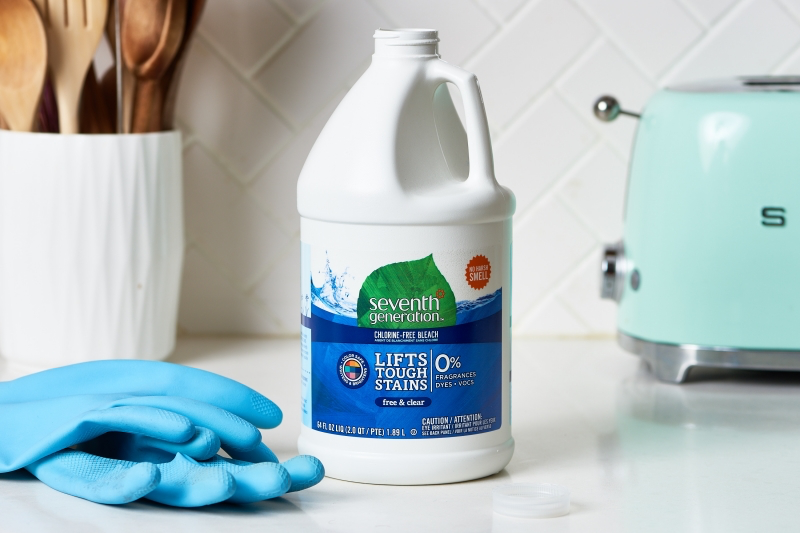
2. Bleach + Acidic Cleaners
This is probably the most common household mistake. Mixing bleach with an acid creates pure chlorine gas. Yes, that chlorine gas. It’s incredibly toxic and reacts with the water in your lungs to create hydrochloric acid. It’s nasty stuff.
Where you’ll find it: The classic blunder is pouring bleach into a toilet bowl that already has an acidic toilet bowl cleaner in it (like Lysol Power Toilet Bowl Cleaner). People think they’re ‘super-disinfecting,’ but they’re creating a chemical weapon right in their face. This also applies to mixing bleach with vinegar—another common acid used for cleaning.
3. Bleach + Rubbing Alcohol
Here’s one that surprises people. Mixing bleach and common isopropyl (rubbing) alcohol creates a cocktail of bad things, most notably chloroform. Inhaling it is toxic, can make you pass out, and is terrible for your nervous system and liver.
Heads up! Mixing doesn’t always mean pouring two bottles together. I once saw a trainee wipe up a rubbing alcohol spill with a rag. A few minutes later, he used that same damp rag to wipe down a counter he’d just sprayed with a bleach solution. He got dizzy and nauseous fast. It was a stark reminder that you have to be mindful of your tools, too.
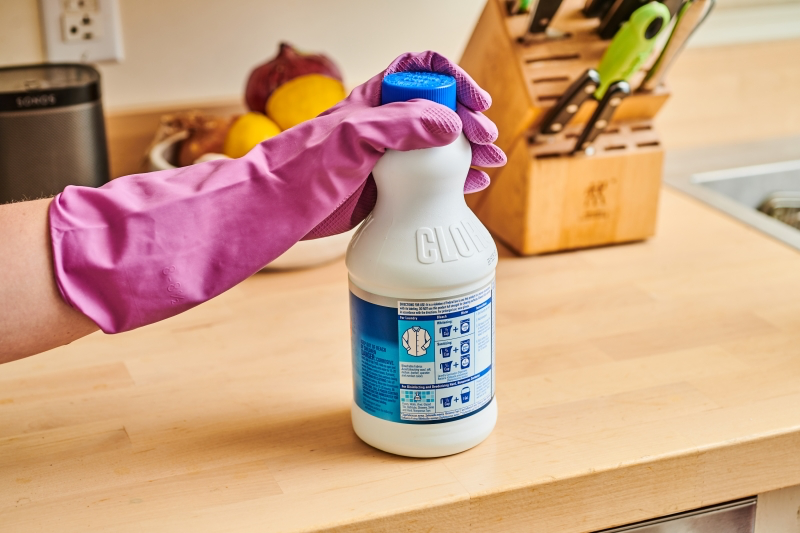
4. Hydrogen Peroxide + Vinegar
These two are often touted as ‘natural’ and ‘safe’ cleaning heroes, and on their own, they are! But when you mix them in the same bottle, they form something called peracetic acid. It’s a highly corrosive chemical that, even at low levels, can severely irritate your skin, eyes, and lungs. The word ‘natural’ gives a false sense of security. Chemistry is chemistry, whether it happens in a lab or your kitchen.
By all means, use them both to clean a surface, but do it sequentially. Spray with vinegar, wipe it completely clean, then spray with peroxide and wipe again. Just don’t mix them together beforehand.
5. Two Different Drain Cleaners
This might be the most violent reaction on the list. Drain cleaners are incredibly aggressive chemicals. Some are strong acids, while others are strong bases (alkaline). If you pour one type down a clog and it doesn’t work, the temptation is to try another brand.

DO NOT DO THIS.
If you pour a base cleaner on top of an acid cleaner in the confined space of your pipe, the reaction can be explosive. It can create intense heat, boil the water in your drain, and cause a geyser of hot, caustic chemicals to erupt right out of the sink. So, here’s the rule: If one bottle of drain cleaner doesn’t work, the answer is NEVER a second, different bottle. The answer is a plumber.
The Pro’s Safety Playbook
Avoiding disaster is about having a system. Here’s what we do, and what you should do, too.
Ventilate, Always. This isn’t optional. Open a window. Stick a small fan in the doorway pointing out of the room to pull the bad air out. In a tiny bathroom, at least run the exhaust fan and keep the door open.
Gear Up (It’s Cheap!). Personal Protective Equipment (PPE) is your best friend. A splash of a chemical in your eye takes less than a second and can cause permanent damage. This isn’t a big investment, either. You can get a box of 100 nitrile gloves (they’re better than latex for most chemicals) for around $15 online or at a hardware store. A good pair of sealed safety goggles is less than $10. That’s a tiny price to pay for your eyesight.

My Recommended ‘Safe Cleaning’ Starter Kit
You can tackle about 90% of household jobs with just a few simple, safe items. If you’re starting out or just want to simplify, here’s your go-to bag:
- Nitrile Gloves ($15)
- Safety Goggles ($10)
- A good pH-neutral all-purpose cleaner
- A big jug of Distilled White Vinegar
- A box of Baking Soda
With this kit, you can make a baking soda and water paste for scrubbing grimy surfaces, or a vinegar and water solution (in a separate spray bottle, of course!) for cutting through mineral deposits and cleaning glass. Simple, cheap, and effective.
What to Do in an Emergency
Okay, let’s say the worst happens and you accidentally mix something. Act fast, but stay calm.
- Get Out Immediately. Don’t try to clean it up. Get yourself, your kids, and your pets out of the area and into fresh air right away.
- Isolate the Area. If you can do it safely without breathing in more fumes, close the door to the room.
- Call for Help. This is critical. Call the Poison Control Center. In the US, the number is 1-800-222-1222. They are the experts and will give you exact instructions. If someone is having severe trouble breathing or collapses, call 911 first.
And now for a final thought. Treat a bottle of cleaner like you’d treat a power saw. It’s a tool. Used right, it’s brilliant. Used with disrespect, it can hurt you badly.
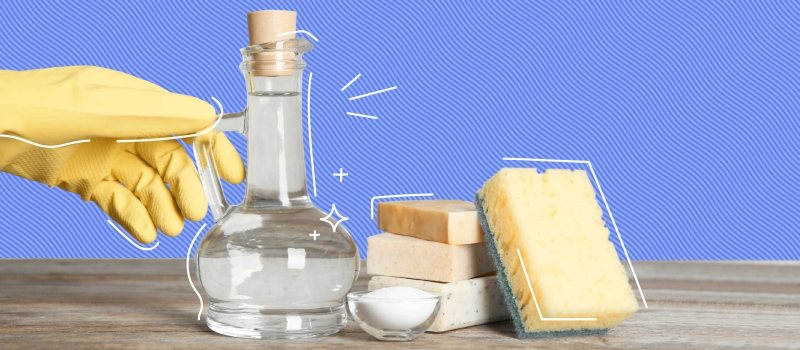
Your homework: Seriously, stop reading for 30 seconds. Pick up your phone, and save that Poison Control number (1-800-222-1222) under the contact name “POISON CONTROL.” It’s one of those things you hope you’ll never need, but you’ll be incredibly glad you have it if you do.
Inspiration:
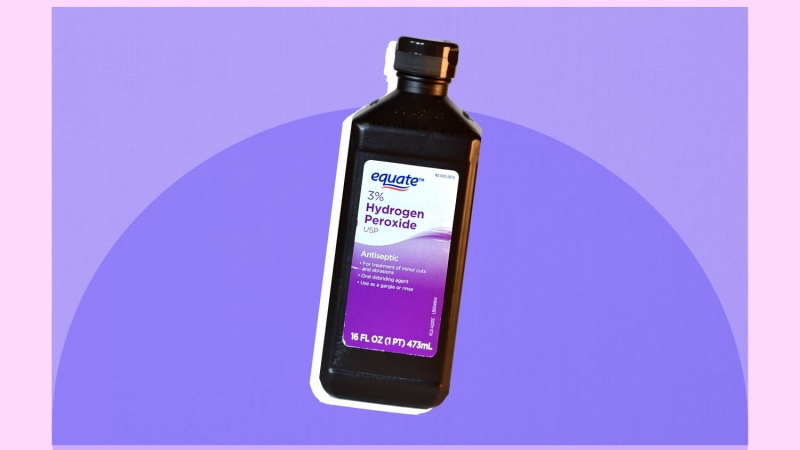
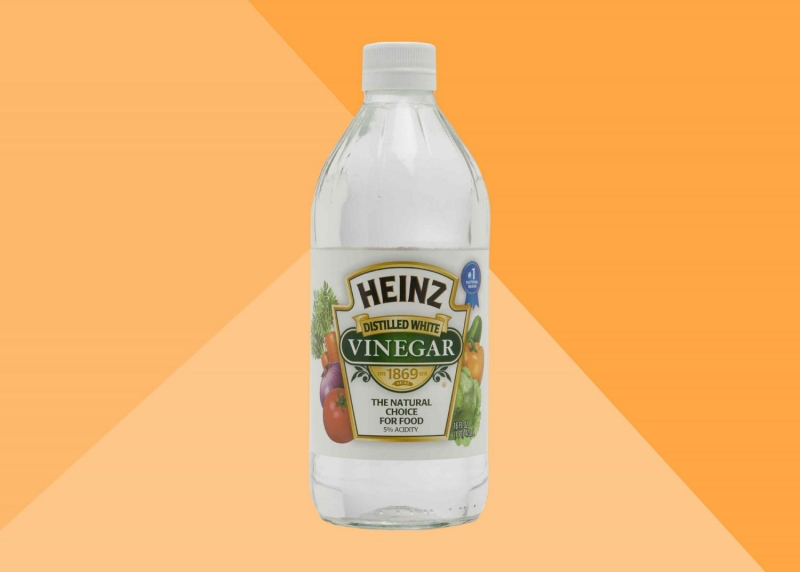
Wondering why your marble or travertine countertops look dull and etched?
The culprit is likely your cleaner. While the main article rightly praises acidic cleaners like vinegar for busting mineral buildup, these same acids are disastrous for natural stone. They chemically react with the calcium carbonate in the stone, literally eating away at the surface. For these delicate surfaces, always opt for a pH-neutral cleaner specifically formulated for stone, like those from brands such as Weiman or Granite Gold, to preserve their natural luster safely.
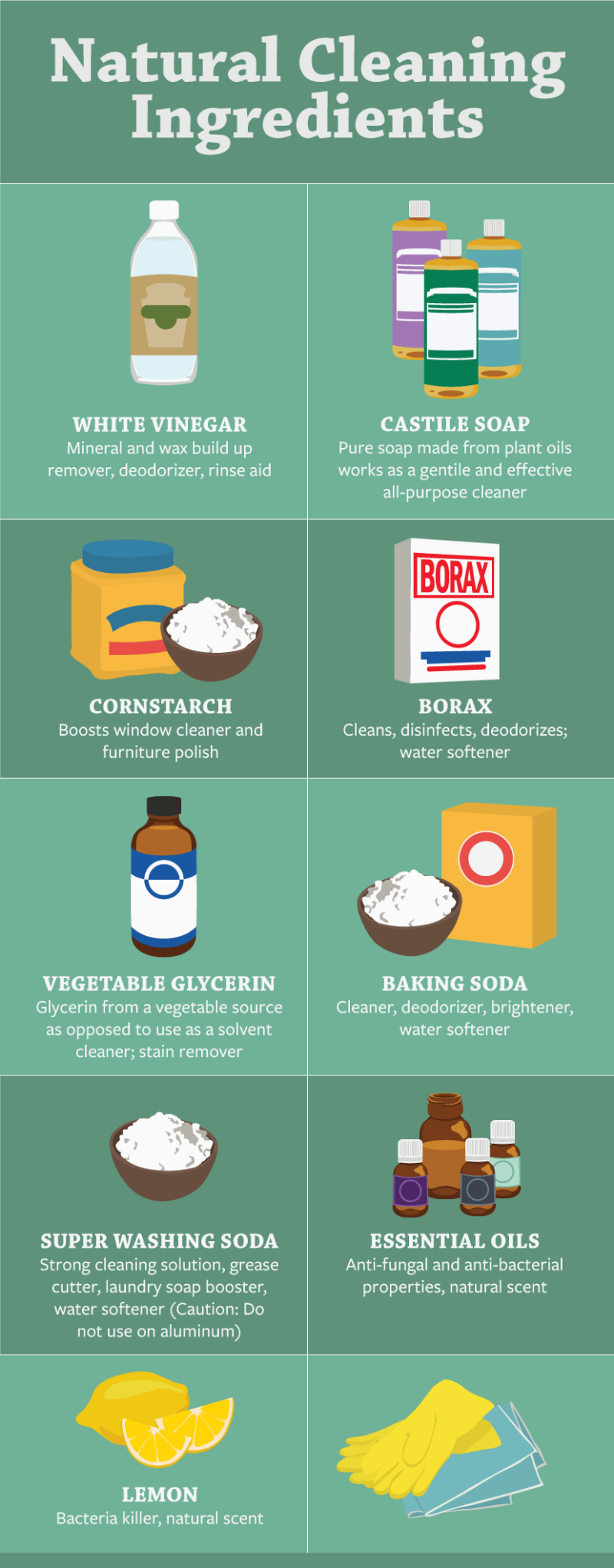
The U.S. Centers for Disease Control and Prevention (CDC) notes a significant spike in calls to poison centers related to cleaner and disinfectant exposures.
This isn’t just about accidental mixing. A major, often overlooked, factor is poor ventilation. When using any cleaning agent, even a ‘safe’ one, in a small, enclosed space like a bathroom, fumes can concentrate to hazardous levels. Always crack a window or turn on the exhaust fan. It’s a simple step that professionals never skip.
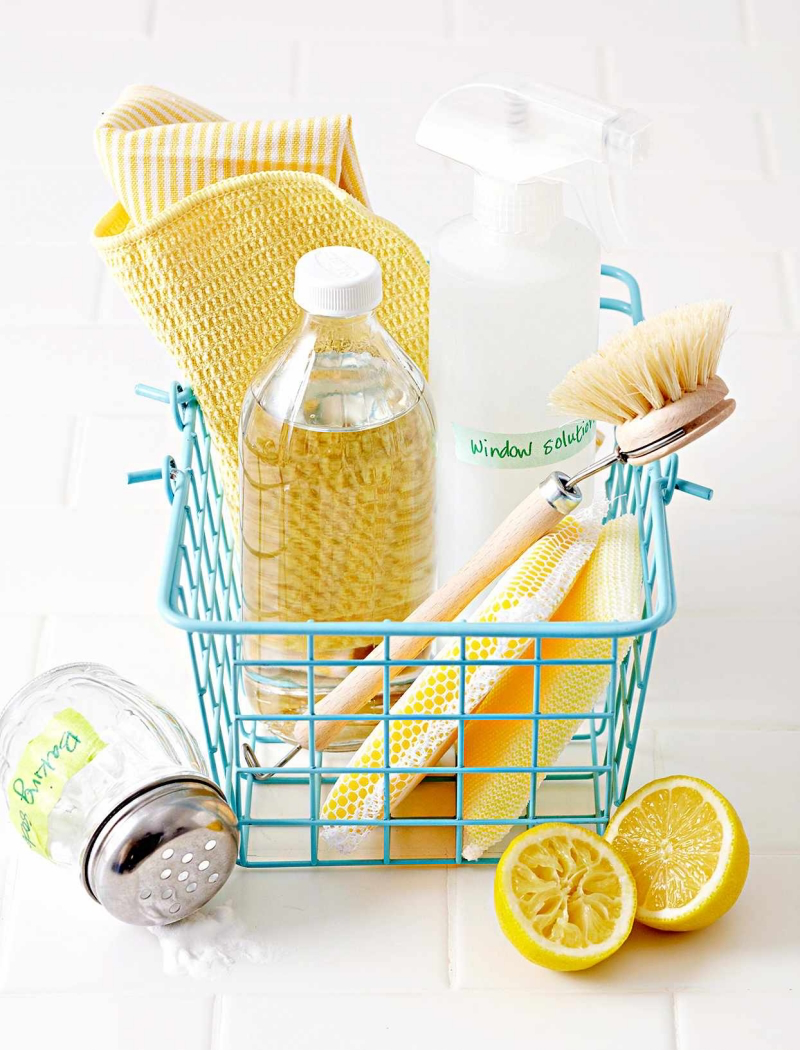
Beyond the bottle, the right tools are a professional’s secret weapon for safe and effective cleaning. Instead of reaching for another chemical, upgrade your kit with these essentials:
- High-quality microfiber cloths: They trap dust and grime with just water, drastically reducing the need for chemical sprays on many surfaces.
- A squeegee: The absolute best tool for a streak-free finish on glass and tile, preventing the mineral deposits that would later require a strong acidic cleaner.
- A non-scratch scouring pad: Provides the mechanical agitation needed to lift grime without damaging surfaces, meaning you can rely on a gentler cleaner like Dr. Bronner’s Sal Suds instead of a harsh abrasive.
Chlorine Bleach: A powerful disinfectant (sodium hypochlorite) but highly reactive. It’s the key ingredient in the dangerous mixtures the article warns against and can damage many surfaces and fabrics.
Oxygen Bleach: A powdered bleach (sodium percarbonate), often found in products like OxiClean. When mixed with water, it releases oxygen to lift stains and brighten fabrics.
For most household stain removal and laundry boosting, oxygen bleach is the safer, more versatile choice. It’s color-safe, less corrosive, and doesn’t produce the toxic chloramine gas if accidentally exposed to ammonia.










